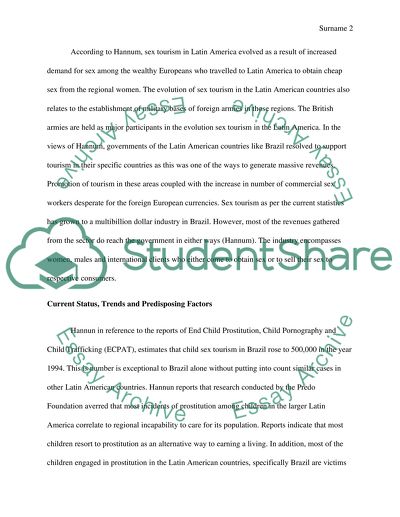Cite this document
(“Human Trafficking and Sex Tourism in Latin America Essay”, n.d.)
Human Trafficking and Sex Tourism in Latin America Essay. Retrieved from https://studentshare.org/history/1433480-human-trafficking-and-sex-tourism-in-latin-america
Human Trafficking and Sex Tourism in Latin America Essay. Retrieved from https://studentshare.org/history/1433480-human-trafficking-and-sex-tourism-in-latin-america
(Human Trafficking and Sex Tourism in Latin America Essay)
Human Trafficking and Sex Tourism in Latin America Essay. https://studentshare.org/history/1433480-human-trafficking-and-sex-tourism-in-latin-america.
Human Trafficking and Sex Tourism in Latin America Essay. https://studentshare.org/history/1433480-human-trafficking-and-sex-tourism-in-latin-america.
“Human Trafficking and Sex Tourism in Latin America Essay”, n.d. https://studentshare.org/history/1433480-human-trafficking-and-sex-tourism-in-latin-america.


